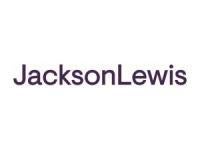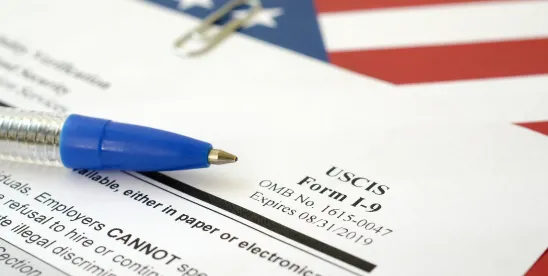E-Verify is an internet-based system through which employers electronically confirm the employment eligibility of their employees. Designed to ensure that employers hire individuals authorized to work in the country, E-Verify compares information provided by employees on Form I-9 with government records. Over time, the system has evolved to adapt to changing legislative environments, technological advancements, and patterns of misuse or fraud.
Increasingly, employers are receiving detailed reminders and alerts from E-Verify focusing on timeliness and compliance. For example:
- Employers identified by E-Verify as having a high percentage of cases for aliens authorized to work who presented a combination of List B and List C documents have received email notifications that state, “Having a high percentage of List B and List C documents may indicate that you request specific documents from employees completing Form I-9, Employment Eligibility Verification, without allowing them to decide which identity and employment authorization documentation to present.” The email further details potential consequences if the allegation is substantiated.
- Employers were receiving E-Verify Case Alerts of revocation of an employee’s employment authorization document (EAD). E-Verify is no longer sending these alerts. Instead, employers are directed to regularly generate Status Change Reports to identify E-Verify cases created with a revoked EAD. Employers are directed to immediately reverify each current employee with a revoked EAD as identified on the Status Change Report, or after the employee voluntarily discloses EAD revocation, and complete all reverifications within a reasonable time.
The evolving landscape of E-Verify notices to employers reflects broader trends in immigration policy, technology, and workplace dynamics. As these trends continue to develop, employers must stay informed and proactive to effectively navigate the complexities of and ensure compliance with E-Verify.



 />i
/>i

